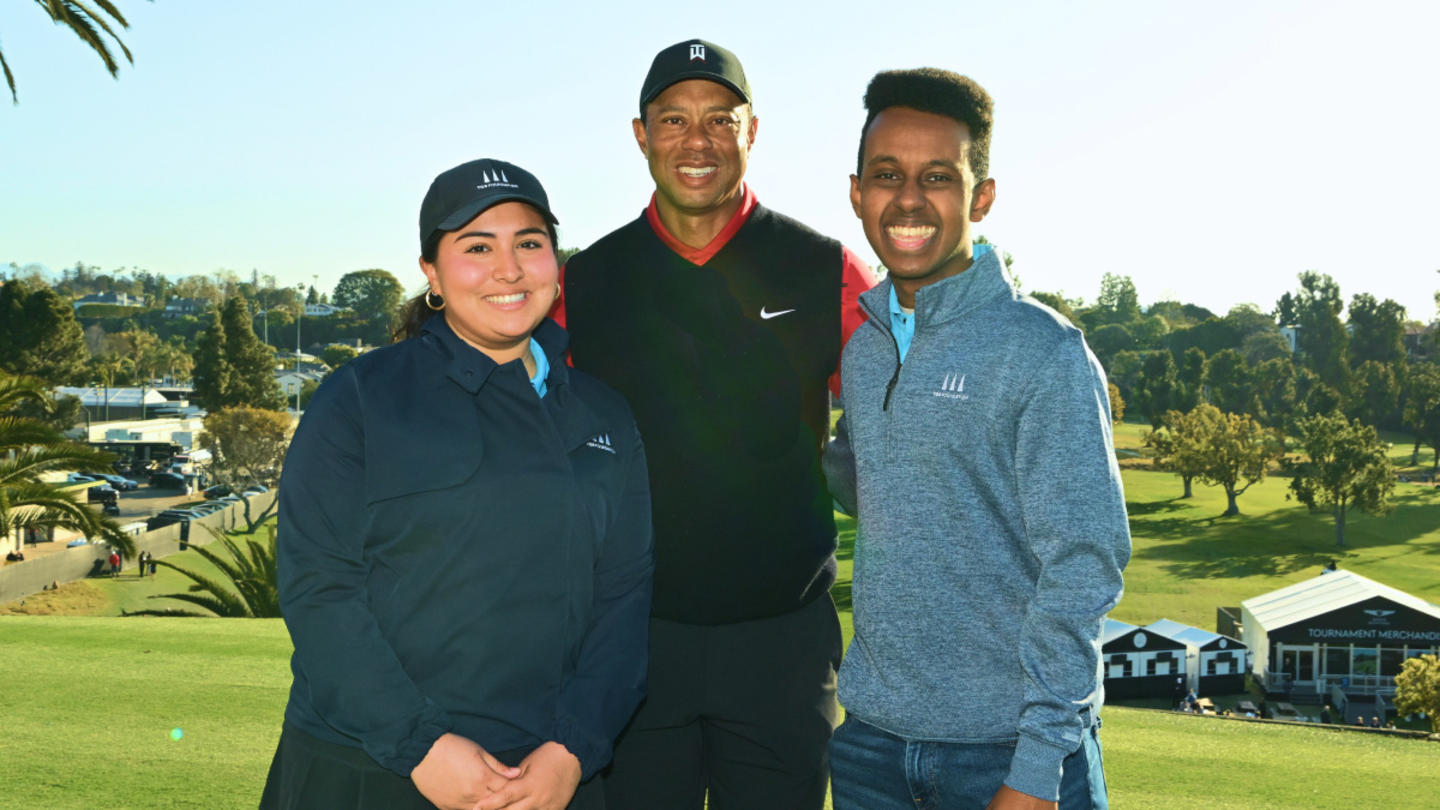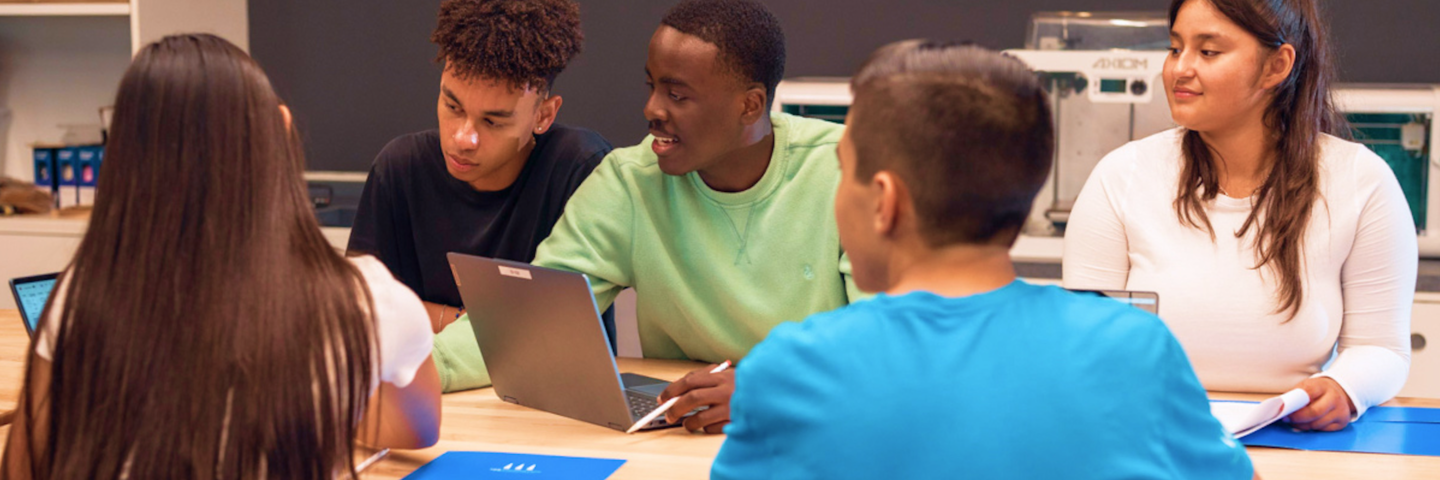When you hear the name Tiger Woods, you probably don’t think, “marine biology,” but fifth graders in Southern California do.
Every school year, TGR Foundation, Tiger Woods’ nonprofit, hosts thousands of fifth graders at its flagship education campus, the TGR Learning Lab Anaheim, for week-long field trips where they get hands-on with marine biology, forensic science, or biotechnology. The highlight of the marine biology field trip? Writing their names in squid ink.
Since its inception, the TGR Learning Lab has partnered with public schools and local businesses to provide nearly 200,000 5th-12th grade students from under-resourced communities opportunities to explore careers in STEAM (science, technology, engineering, art, and math).
At the Learning Lab, which sits only 10 minutes from Woods’ high school, students dive deep into topics such as marine biology, forensic science, robotics, genetics, artificial intelligence, digital media — and yes, golf.
“We’ve inspired our students to think broader and bigger than they ever imagined,” said Woods. “We’ve also provided the opportunities for them to achieve those goals.”
TGR Foundation started by hosting golf clinics, but Woods realized early on that golf just wasn’t enough. He knew he had more to offer. He wanted to give young people opportunities to discover their passions like he had. It was 9/11 and a long, lonely car ride that led Woods to reevaluate his foundation’s mission. Now, thousands of young people are finding their own passions and rethinking who they can become.
Too often, students in underserved communities miss out on educational experiences that would broaden their perspective on who or what they can become. A young person’s exposure to STEM or STEAM careers can largely be determined by their family’s economic situation and the neighborhood they grew up in. The National Science Board’s Elementary and Secondary STEM Education report shows significant differences in STEM performance based on race, ethnicity, and socioeconomic status.
TGR Foundation is changing that.
Before Alma Guiterrez joined the Learning Lab, she wasn’t planning to continue her education beyond community college. A staff member helped her see herself differently. “I don’t even think I believed in higher education until I met her, and she saw something in me that I didn’t really see in myself,” she said.
As a former student, volunteer, and part-time academic support educator, Brian Medina's participation in TGR Learning Lab programs prepared him for a brighter future. He's currently a senior at California State University, Fullerton. He'll soon become a first-generation college graduate and plans to empower his younger siblings and other students like him.
"Because of the TGR Learning Lab, I was able to see how big of an impact education has on all of us, whether it’s being a student or a teacher or an older sibling just like me. Being at the Learning Lab has actually shifted my career path."
Connecting with other students in similar situations can be just as important as working with mentors. It was for Sammy Mohammed. “Being able to be in a community of a bunch of other people from my background — entering college for the first time, navigating college for the first time — and having that support system is really invaluable,” he said.
Woods has seen this firsthand. “The kids, once they’re around each other and they understand that they’re not alone, they feel stronger. They’re in this together, and they empower each other,” he said. “Ultimately, it’s their place, their safe haven. It’s our responsibility to provide the academics for them to learn and grow.”
Temiloluwa Emmanuel Oluwasesin came to America from Nigeria when he was 11. For the first couple of years in America, he thought his differences defined him.
“Since I came to the United States, I wasn’t exactly sure where I fit in the entire spectrum,” he said. “I felt like the parts that I brought from Nigeria were flaws within me that I needed to change.”
The TGR Learning Lab, which was designed to be a safe place for students to learn, grow, and prepare for their futures, helped with his transition. “It was the place where he really felt safe to try something,” said Cyndi Court, TGR Foundation’s CEO.
There is no pressure for students to perform or prove themselves. They explore and experiment with STEAM concepts in a safe space where learning and self-discovery are the priorities and freedom to fail is part of the curriculum.
Oluwasesin not only discovered a love for computer science, but he also learned to value his unique gifts and look forward to his future. “I feel like I’ve found a spot where I’m very comfortable with myself as someone that has a story from Nigeria, but also lives in the United States now,” he said. “Instead of focusing on the negative aspects, they serve as a gift that I can use to pursue my future and succeed in my life.”
Sign up for Stand Together's K-12 newsletter and get stories, ideas, and advice from changemakers who are transforming education across the country.
Experiences outperform tests
TGR Foundation’s mission is pretty simple: empower students to pursue their passions through education. There is no underlying agenda to steer students in one direction or another. The Learning Lab exposes them to a broad array of possible STEAM careers so they can discover for themselves what their passions are. Some of those careers will require a college degree, and some won’t. The Learning Lab has many pathways to choose from.
Exposure is key. “It’s important that the kids understand that there are so many different opportunities out there,” said Woods, “[that] there’s more to life than what they actually see that’s right in front of them.”
With more than 25 years of experience in education and nonprofit leadership, Court explained it’s not enough to just tell students about different careers. They need to experience them hands-on and have opportunities to explore and become curious. “What a student thinks they're excited about in fifth grade, if it doesn't change by ninth or tenth grade, we're probably not exposing them to enough things,” she said.
When Ariana Perez began attending the Learning Lab, she already knew she wanted to become an attorney. She took classes in computer science, robotics, coding, golf, and criminology. The Learning Lab “allowed me to experience different things that I probably wouldn’t have had a chance to,” she said. Now her dream goal is to become a cyber attorney.
“Curiosity is critical,” said Court. “If you talk to people in science, technology, engineering, arts, and math, they'll tell you how important curiosity is.”
You don’t create potential, you uncover it
Next year TGR Foundation will open a new Learning Lab in West Philadelphia. “Students [in West Philadelphia] are way behind in math and reading,” Court said. “We're actually providing a first through fourth grade program there because the need is so great.” The plan is to help elementary students get caught up so they’ll be ready for the STEAM experiences when they’re in middle and high school.
After West Philadelphia is Los Angeles, where development on a Learning Lab is underway in partnership with the school district and other nonprofit organizations. With each new Learning Lab, the Foundation takes into account the needs of the young people in the community.
For Court, it’s about uncovering potential in every student. “The potential is always there,” she said. “We're not giving them the potential. We're giving them the opportunities to bring that potential to the forefront and make them brave enough to try some new things.”
***
TGR Foundation is supported by Stand Together, which partners with changemakers who are tackling the root causes of America’s biggest problems.
Learn more about Stand Together’s education efforts, and explore ways you can partner with us.
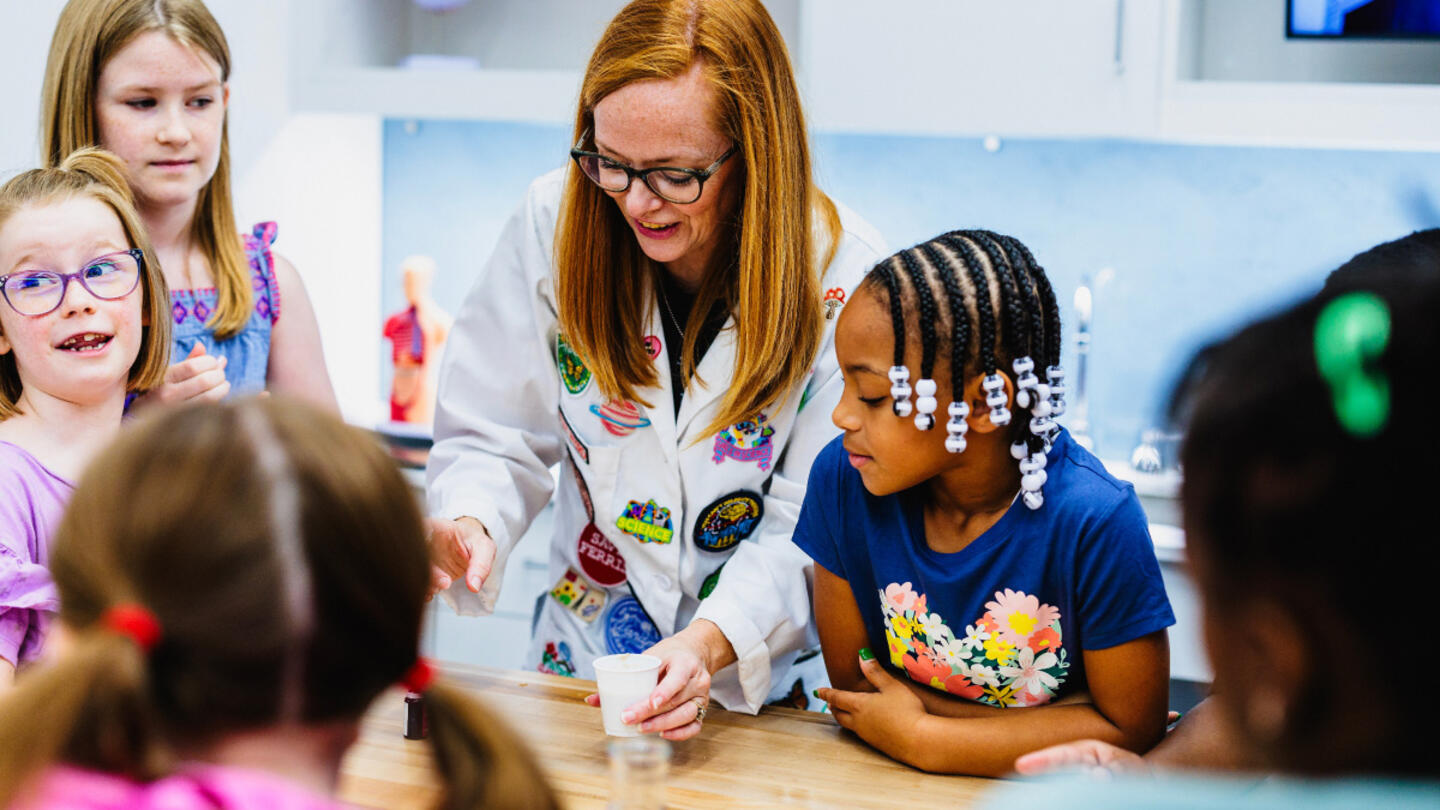
This colearning space has the potential to bridge the divide between public and private education.
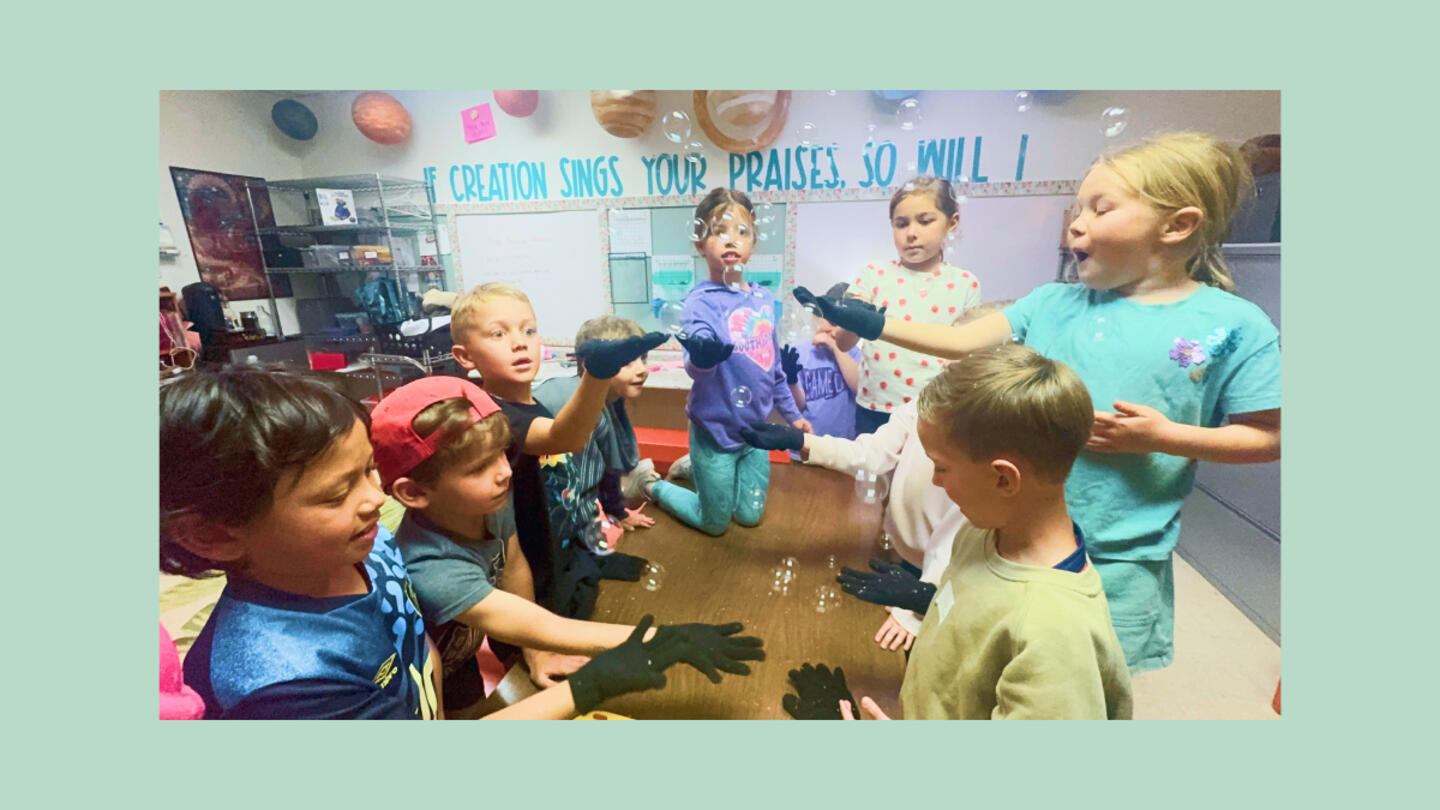
New Johns Hopkins data shows homeschooling’s recent surge has transformed the education landscape.
Step 1: Find the best learning environment for your child. Step 2? Figure out how to pay for it.
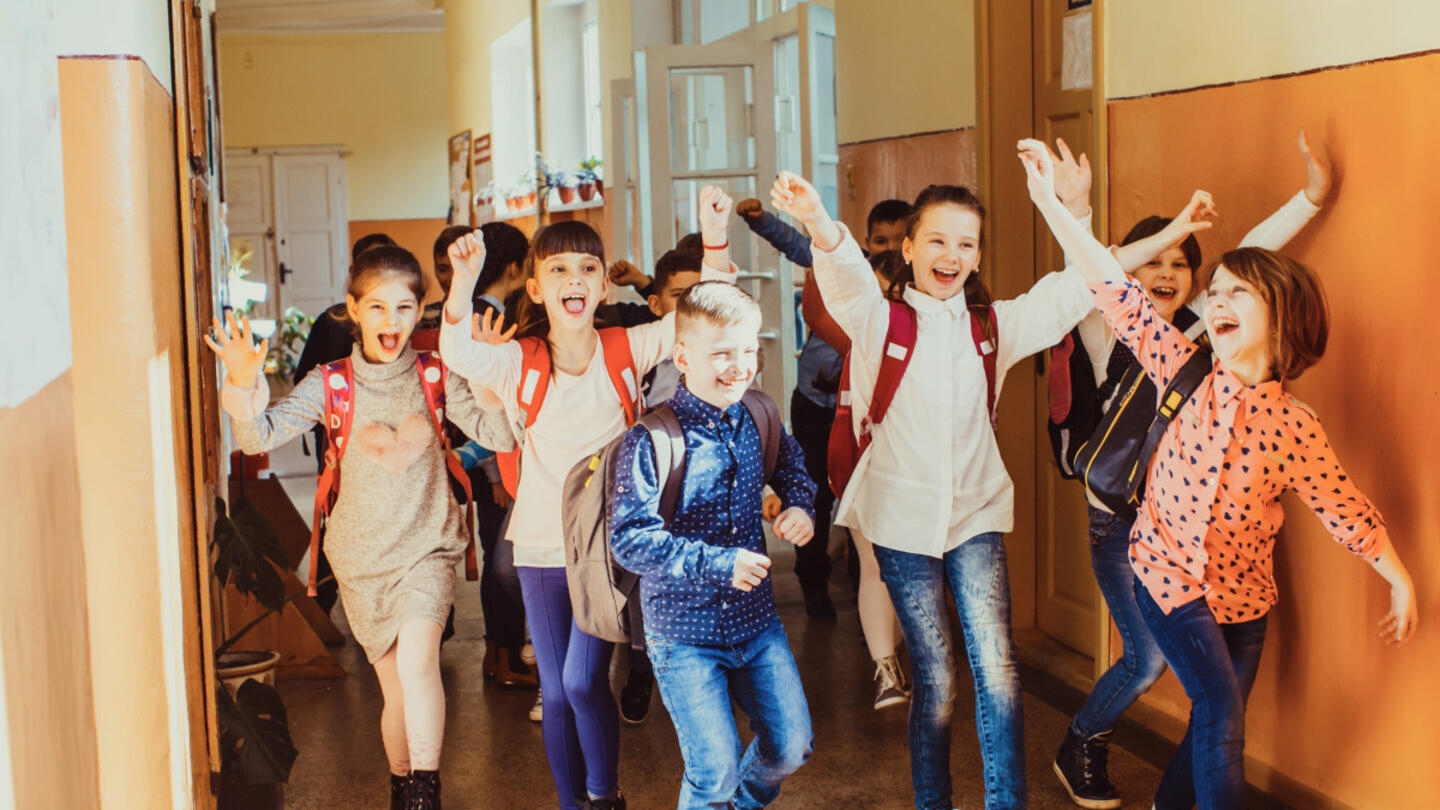
Here’s what happens when AI replaces teachers.
